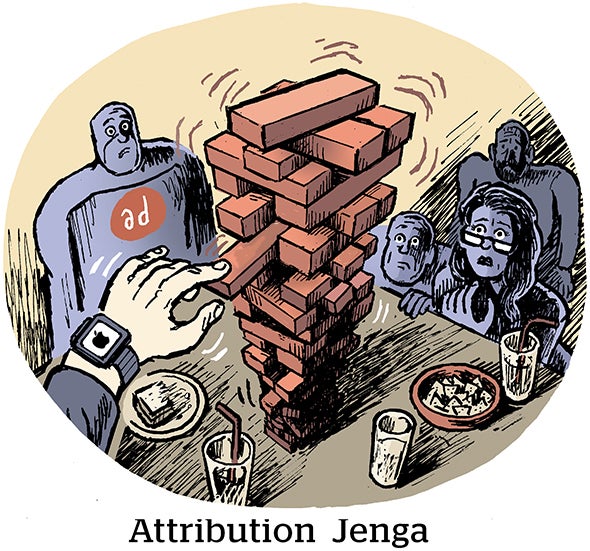Blockbuster Video was blindsided by an up-and comer—and according to Shelly Lazarus, chairman/CEO of branding agency Ogilvy & Mather Worldwide, it cost the company $500 million a year.
At last week’s CTAM conference for cable television marketers, Lazarus used Blockbuster Video as an example. “Long lines, draconian late fees, a shortage of big titles, no or little diversity for real movie lovers–Blockbuster did not care about its customers, because it didn’t have to care,” Lazarus told attendees at last week’s CTAM conference for cable television marketers. “It had so little competition until … Netflix came into the picture.”
Netflix provided conveniences unknown to Blockbuster users: no late fees, prompt and free mailing of DVDs, an almost unlimited selection, and no need to get in the car, because everything could be done online.
“Blockbuster had to give up late fees. That was income that had gone right to the bottom line,” Lazarus noted. “It cost the company a half-billion dollars a year.”
How could Blockbuster have avoided being caught off guard by Netflix? In large part by keeping in touch with its customers’ ever-changing wants and needs. No longer are marketers in charge of how they are perceived; it’s the customers who have the upper hand. Even companies that currently dominate their market sector cannot take the approach of Lily Tomlin’s Ernestine character, whom Lazarus referred to in her keynote. Ernestine was a fictional operator for the old AT&T, who would frequently tell callers, “We don’t care. We don’t have to—we’re the phone company.”
“Your brand is most intimately and immediately defined by how you engage with consumers, your customers,” Lazarus said. “It’s all about them.” In an age when disgruntled customers switch brands almost as frequently as they change their sheets, she railed against companies in which operations divisions more concerned with pinching pennies than embracing their customers called the marketing shots.
“Your best customers, your biggest fans, are your loyalest ones,” she said. A company that retains 5% of its customers in a year can lift its profits by as much as 50%, she added, because it is cheaper to keep a customer than acquire a new one. “So why is everyone running after new customers?”
Lazarus pointed to American Express as the embodiment of a brand that practices stellar customer service, noting that its phone reps are never measured in how quickly they can get caller off the phone but only by whether a card member was satisfied when the call ended.
“It’s no wonder each time American Express introduces a new product or service, 80% of the volume comes from people who are already of the American Express franchise,” Lazarus said. “ As these members deepen their brand relationship with American Express their loyalty grows, and their spending increases.”



